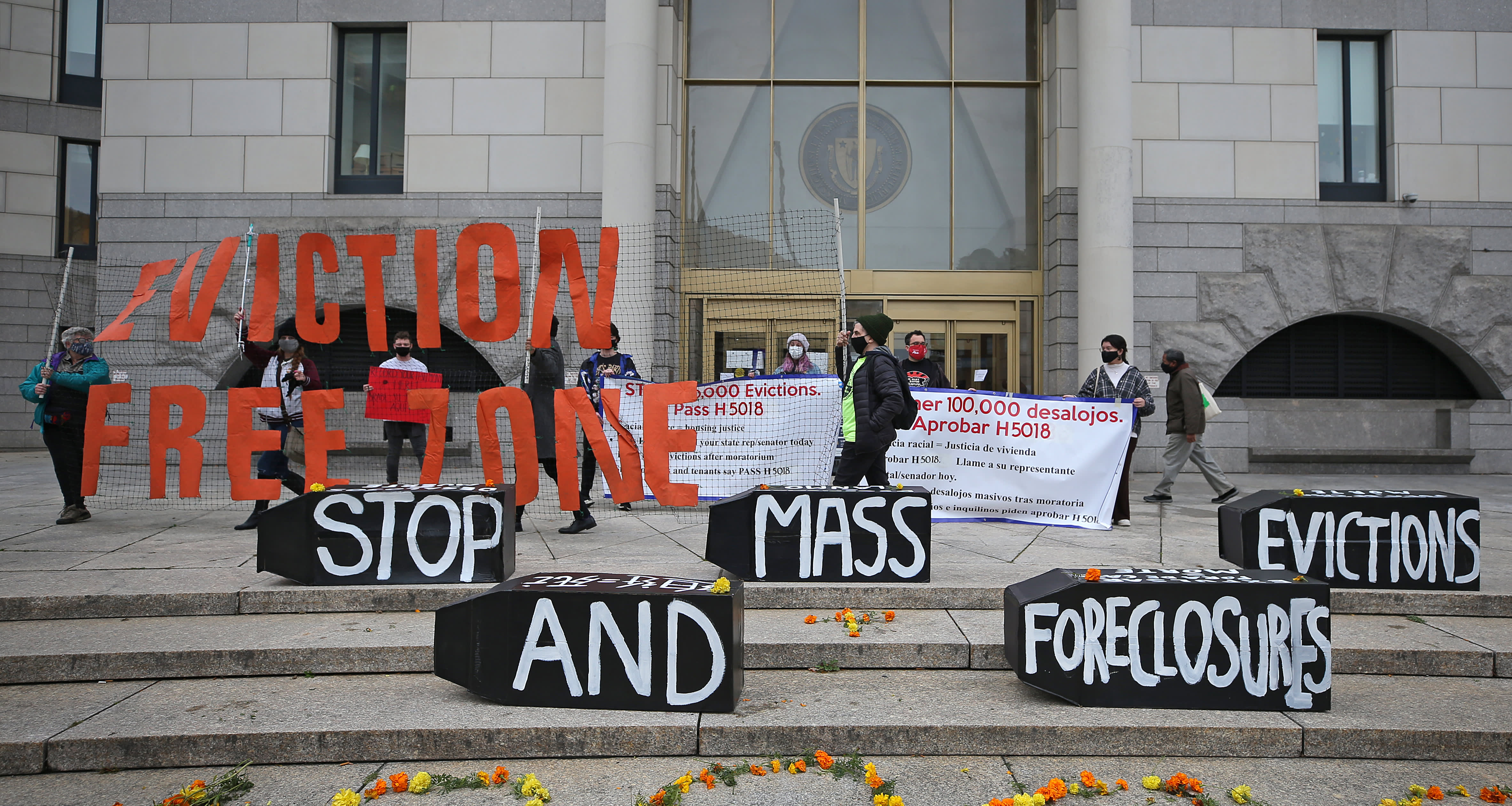Turbo
Well-Known Member
I don't know what I'm doing for thanksgiving now.
The plan was to visit my mother. Visit my Mom, Step Father and Sister and it would just be the 4 of us.
However, one of my sisters co workers just had a test come back positive yesterday.
She got a COVID test yesterday, but has to wait 2 to 5 days for the results to come back. But my question is, does a negative test coming back in 5 days really mean anything, or should I just assume it hasn't been long enough and she my not have a high enough viral count now to test positive but could in 5 days.
My sister said it was a 4 hour wait to get a COVID test. And someone kept going up and down the line saying they don't accept insurance. You must pay in cash to get a test. It cost my sister $300 to get the test done. Thankfully work will reimburse it as they asked all employees to get tested.
As @dhodo and @Dtknuckles said, it basically depends on the level of the exposure (was the person symptomatic? were they pre-symptomatic? did they develop symptoms at all and when in relation to the exposure? were people masked? indoors or outdoors?) and the time between the test and the exposure (it takes time for the virus to replicate after exposure, keeping in mind that on average those developing symptoms do so about 4-6 days after exposure and test positive 1-3 days prior to that - and I have no idea wrt those that stay asymptomatic).
One more thing to keep in mind is that the riskiest thing you can do is eating indoors at the same table with someone (ok, I can think of riskier things, but you won't do that with your family LOL).


